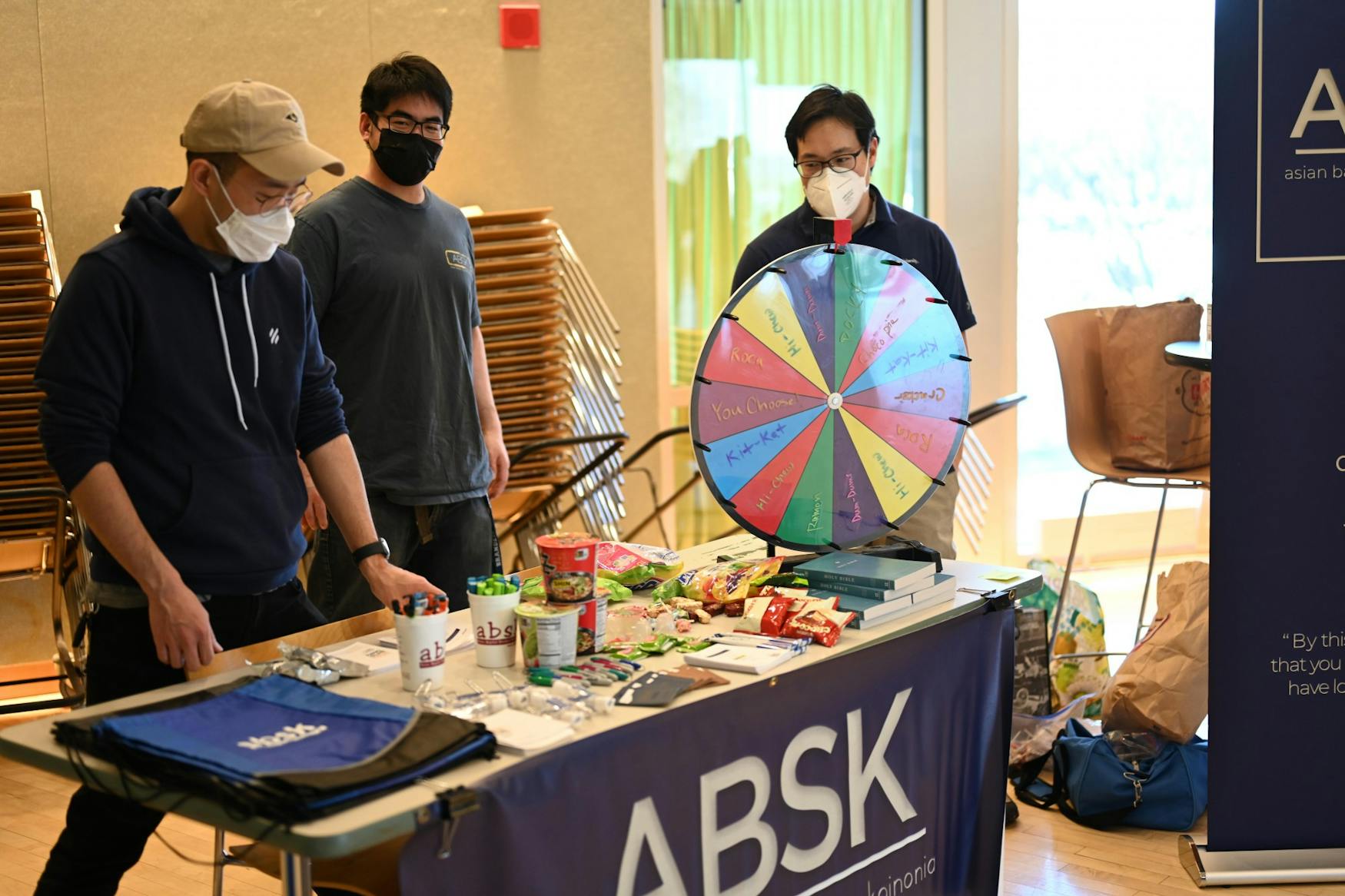More Clubs Than is Fair: The Brandeisian struggle for balance
Last week, Brandeis hosted an involvement fair, where representatives from dozens of student organizations and clubs gathered to invite students to join. Clubs employed various methods to help draw students in, from free candy scattered on tables to extroverted and outspoken student representatives volunteering a friendly spiel. However, many students joined clubs more willingly and enthusiastically than free candies could account for; students also joined clubs based on their interests and passions.
The question, of course, is if students can manage to balance all the activities they may have on their plates, while still making sure to relax and recharge — most Brandeisians seem unable to turn down an opportunity.
Most students are enrolled in four courses that each meet for a few hours a week, some with additional recitation or lab periods. The majority of courses are four credits each, giving most students 16 credits per semester. Some students (myself included) are enrolled in five or more, as Brandeis allows students to take up to 22 course credits, or five and a half courses, per semester.
While taking five and a half courses may already sound like a heavy load, students often choose to join multiple clubs and activities — it’s important to note that Brandeis doesn’t impose limits on how many clubs and activities any one student can participate in. Thus, students often have a kid-in-a-candy-shop type of experience as they first sign up for clubs. It seems to really embody the Brandeisian drive and ambitious spirit that folks may sign up for a half-dozen clubs while still attempting to start or apply to several more.
However, there are only so many hours in the day, and due to the unfortunate fact of linear time, there’s usually not just one event or class occurring at any given moment. Club meetings and classes often conflict with each other, forcing students to choose, despite their best efforts to participate in both. There’s simply too many worthy topics and causes for most students to participate in everything that catches their attention.
Aside from the time constraint, students each have a limited amount of energy. Most courses demand at least a couple hours of studying and homework following each class. Multiply that by the number of courses one is enrolled in, and things can get out of hand quickly. Even if one has stellar time management skills and incredible focus, there’s only so much work one can get done. Students are forced, even if they’d rather not, to prioritize what they can and can’t partake in.
Various forms of pressure can play a role in this prioritization process, be it social, parental, or career-based. Students may want to be in a club many of their friends are in, or that helps out a needy cause, while parents may want students to pick clubs that advance their children’s career prospects or that follow in their own footsteps.
While students (and/or their friends and parents) might be disappointed to cut some activities from their schedule, it allows them to put more effort into the ones they keep. A student can make much more of a difference in one or two organizations than they can trying to stretch themselves across five or six.
How one chooses to prioritize their time and arrange their schedule, of course, depends on the student themselves. Maybe you’d prefer to dedicate yourself to charitable organizations, while some of your friends may decide to go for school-sponsored activities, and even other classmates just pick ones they think will be fun. There’s no right or wrong way to pick clubs—they’re all a great time, as long as one can dedicate the proper time and effort to them. Students need to be able to rest and recuperate; nobody should be running between buildings and trying to submit assignments all the time. Speaking from experience, trying to do everything is a recipe for burnout; so even if you pride yourself on accolades, take pity on yourself and your sleep schedule and show some restraint.
Plus, to take some pressure off, remember there are no good or bad clubs or organizations, so students really can’t go wrong with their choices. Except for the Justice ... that’s definitely a good club.



Please note All comments are eligible for publication in The Justice.